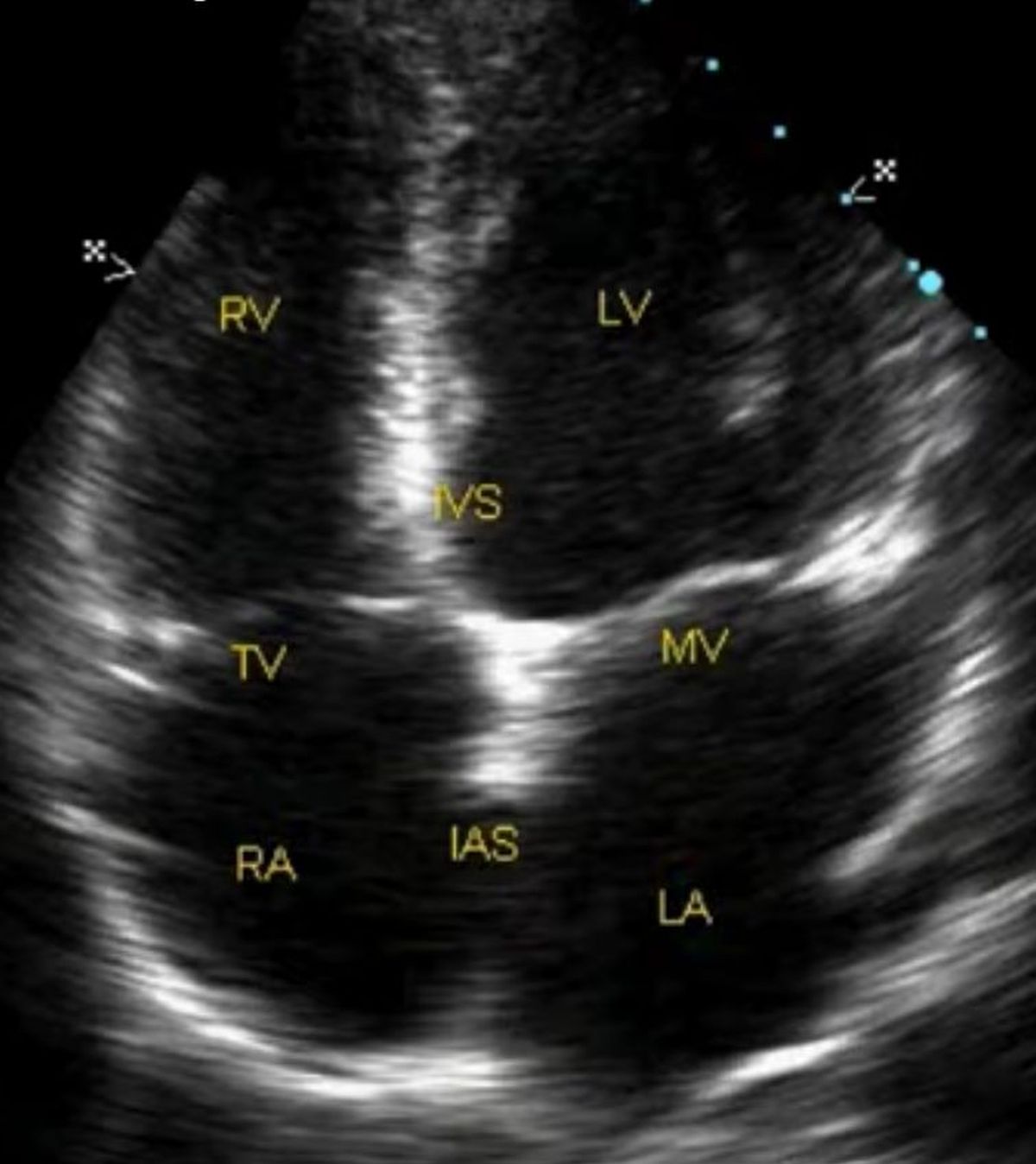Cardiovascular system overview
Cardiovascular system overview
Cardiovascular system consists of the heart and blood vessels. The blood vessels supplying various organ systems can be considered as regional circulation. For example, blood vessels supplying the brain constitute the cerebral circulation while those supplying the kidneys form the renal circulation.
The heart has four chambers and four valves regulating flow between the chambers and the great vessels. The four chambers are the right and left atria, the upper thin walled chambers; the thick walled lower chambers being the right and left ventricles. Though both ventricles are of equal thickness before birth, the left ventricle is the dominant ventricle in the adult.
The tricuspid valve prevents backflow of blood from the right ventricle when it contracts. It is the largest of the four valves and has three leaflets – septal, anterior and posterior. Mitral valve guards the orifice between the left atrium and left ventricle. It has an anterior and a posterior leaflet. The valve resembles the headgear of the bishop (mitre or miter) and hence the name.
The pulmonary valve prevents backflow of blood from the pulmonary artery into the right ventricle in diastole. Similarly, the aortic valve prevents backflow from aorta to the left ventricle. These valves are called semilunar valves because they have semilunar cusps, three each.
Deoxygenated blood returning from the body is received in the right atrium from the superior and inferior vena cava and passes to the right ventricle across the tricuspid valve. In addition, right atrium receives the venous flow of the heart through the coronary sinus. Deoxygenated blood is pumped by the right ventricular contraction (systole), into the pulmonary artery, which flows into the pulmonary circulation. After oxygenation from the lungs, blood returns to the left atrium through four pulmonary veins (right superior, right inferior, left superior and left inferior). Oxygenated blood passes from left atrium to left ventricle across the mitral valve. Left ventricular contraction pumps the oxygenated blood to the aorta and its branches to reach the whole of the body.
Thus the cardiovascular system functions as two circulations in series – the pulmonary and systemic circulation. Primary function of the pulmonary circulation is to carry blood for oxygenation in the lungs and return oxygenated blood to the heart. Systemic circulation carries oxygenated blood to the organs systems and provides for the metabolic functions.

Echocardiogram (ultrasound image of the heart) showing four chambers and two valves. RV: Right ventricle; LV: Left ventricle; IVS: Interventricular septum; TV: Tricuspid valve; MV: Mitral valve; RA: Right atrium; LA: Left atrium; IAS: Interatrial septum